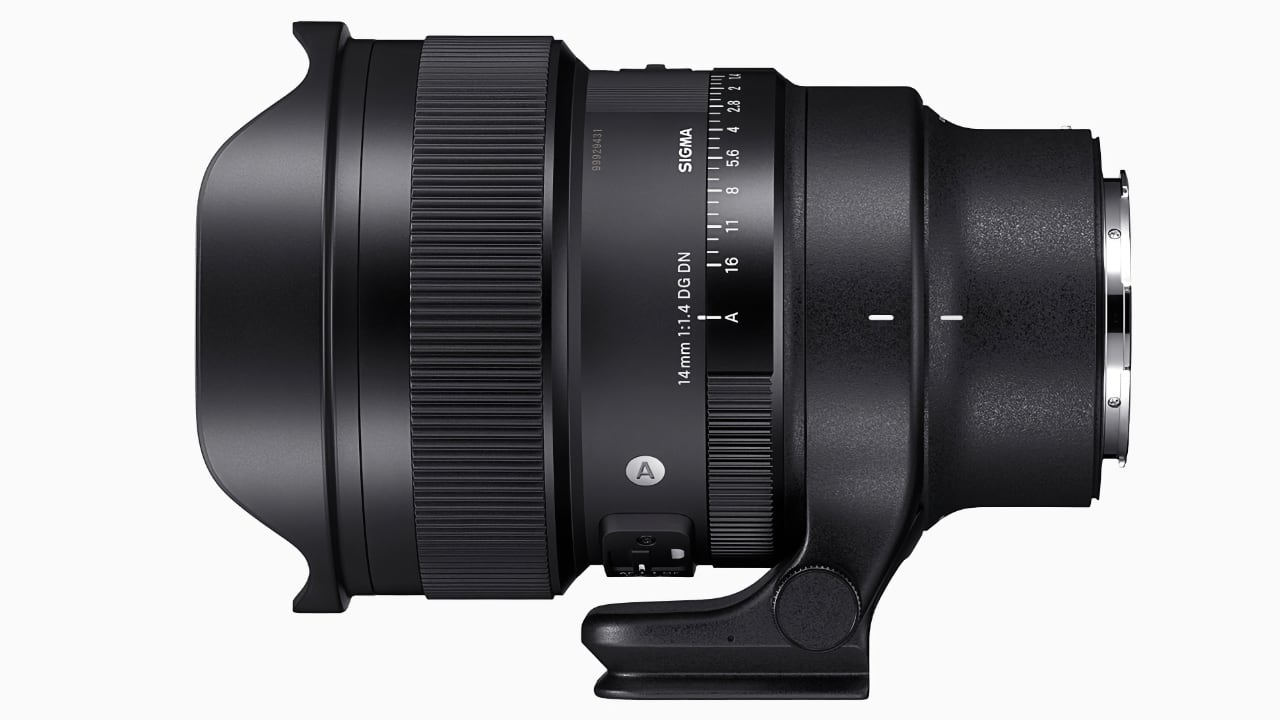[ad_1]
The stars my destination. Sigma reckons that its new 14mm F1.4 DG DN | Art is the world’s only non-fisheye lens that combines an ultra-wide angle of 14mm with a maximum aperture of F1.4. You want starfields? You got ‘em.
Always nice when a company wears its heart on its sleeve for a particular use case, and the new Sigma 14mm F1.4 DG DN | Art very much ticks that box, Sigma saying that it was born from its engineers’ passion for capturing the widest, brightest, highest-resolution, and most captivating starry sky possible.
An ultra-wide angle of 14mm with a maximum aperture of F1.4 gos a long way towards this, and indeed is being claimed as a world’s first. Above and beyond that though, the company reckons it has achieved high optical performance with some thorough correction of sagittal coma flare, and added in some specialized functions to support starry landscape photography, as well as high-speed AF with HLA (High-response Linear Actuator) linear motor.
Of course, it’s not just for shooting starscapes, it’s also going to be a useful addition for shooting daytime landscapes, architecture, and indoor photography in dark and confined spaces.

But a chance of producing something like this will remain the main draw for many…Image: @KAGAYA
19 elements in 15 groups, including 1 SLD glass element, 3 FLD glass elements, and 4 aspherical lens elements, allows for advanced aberration correction. In particular, sagittal coma flare, which distorts the shape of stars, has been carefully corrected, and even at the widest aperture, Sigma says the lens delivers high image reproducibility right to the periphery of the image. Ghosting and flare are also thoroughly addressed through both optical design and coatings, allowing for clear, crisp shooting of starry sky and night scenes.
Astrophotography-specific features include a detachable tripod socket (the 14mm F1.4 DG DN | Art is heavier on the front side, so attaching the tripod socket helps it mount on a tripod in a more stable way); a MFL switch; a lens heater retainer; a rear filter holder; and a special front cap with locking mechanism and slots that can hold an additional two rear filters.
It’s all nicely thought out. Elsewhere and for more everyday uses, there’s an AFL button to which any function can be assigned and an aperture ring. The body is dust and splash resistant, and the frontmost surface of the lens is coated with a water and oil repellent coating. The HLA (High-response Linear Actuator) enables high-speed, quiet, and highly accurate autofocusing, while iIn order to maintain performance while supporting a lens with a large aperture, the lens has a robust internal structure and uses lightweight materials such as polycarbonate TSC (Thermally Stable Composite), which has a thermal shrinkage rate equivalent to that of aluminium, and magnesium in appropriate locations to reduce weight while ensuring robustness.
Of course, it’s not a lightweight at 1.17kg (41.3oz), but the price isn’t too heavy at $1599. L-mount and E- mount versions will both be available when it ships at the end of June.
[ad_2]
